A new exhibition at the West Highland Museum in Fort William brings together a dazzling collection of paintings of the last Stuarts, including one never before seen in public, of the future ‘Old Pretender’, King James III/VIII as an infant.
Many of the paintings are owned by the Pininski Foundation, Liechtenstein, led by Count Peter Pininski, who claims direct descendance from Bonnie Prince Charlie through his initially illegitimate, secret granddaughter, Princess Marie-Victoire de Rohan.
House of Stuart in exile
The 16 paintings show four generations from the House of Stuart in exile, including James III/VIII, the Old Pretender, his wife Princess Clementina Sobieska, their son Charles Edward, known as Bonnie Prince Charlie, his daughter Charlotte and her daughter Marie Victoire.
Count Pininski visited the museum at the opening of the exhibition, alongside art historian, and expert on James III/VIII, Professor Edward Corp.
Each selected a painting from the exhibition to share their knowledge of and feelings about with P&J readers.
The lost painting
Professor Corp chose this lost painting by Nicolas de Largilliere of the infant Prince of Wales, who would go on to become The Old Pretender, James III/VIII.
It’s 1692, he is four years old and dressed as a girl, as was the custom of the time.
The elegantly-clad boy is Walter Strickland, the son of James’ governess, Lady Winifred Strickland.
The painting was from an original engraving and hides a number of secrets, Edward explained, adding that its acquisition by the Pininski Foundation is almost miraculous.
“We knew there was an engraving of the prince, with his arm stretched out for no obvious reason, and we knew there was a portrait which had been lost, and we didn’t expect to find it.
“We could see that he was not yet breeched, therefore being looked after by women and not yet by men, wearing a dress.
“But what colour was the dress? We knew the sash was blue, but what was the colour of his cap, why was his arm sticking out?
“We also knew it was 1692 just after he’d been given the Garter by King James II/VII.”
Suddenly, the Largilliere painting emerged in 2016 from a private collection in Rome.
Existence unknown
Its existence was unknown, no one had ever displayed it or commented on it.
It was put to auction in Vienna, but didn’t sell — fortunately, as it turned out because the Pininski Foundation was later able to acquire it.
Edward said: “We were absolutely amazed, because it’s not just a portrait of the prince against a black background which we had expected, it’s this amazing double portrait, we’d never seen anything like it before.”
It took the experts a long time to work out the story of the painting.
It was a commission by James’s mother Queen Mary as a gift for Winifred, Lady Strickland who cared for the infant James and had had to leave the court because her husband was ill.
“And here’s the mystery,” Edward said. “Who made the decision to add the second boy, her son Walter, and expand the portrait by stitching extra canvas on all four sides?
“When was it done, who did it?
“We think it was probably Largilliere as it was so well executed, and the rich red and blue paints were so expensive at the time.
A Royal commission
“Lady Strickland wouldn’t have had the means, it had to have been a Royal commission.”
The painting then became a landscape picture, with a background and a location.
Detective work revealed that the background is the hanging gardens at Chateau-Neuf near the Chateau-Vieux where the Stuarts lived.
Edward said: “In order to get there the Prince, who can’t walk in his costume, had to be brought there by carriage by the senior people responsible for him, and we see them as tiny figures on the left hand side.
“But he needed a younger accompaniment, one of his high-ranking servants, Walter Strickland.
“With his back to us, he doesn’t upstage the Prince, and is looking admiringly at him.”
Incorporating Walter later was no mean feat.
Edward said: “Most of him is in the original canvas, but the bottom of his right foot is in the new section, so Largilliere got him into that canvas without making it overcrowded.”
James is reaching out to touch a double poppy, the symbol of sleep, indicating Lady Strickland’s role as his carer, getting him to sleep.
The parrot is a symbol of Catholicism, while the pink strewn flowers are a symbol of loyalty.
“The lacework is fantastic, the composition is so perfect with the rich colours of carmine lake red and blue from lapis lazuli,” Edward said.
“To produce something with those colours you’ve spent a lot of money on materials, let alone paid the painter.
“Seeing it here is the first time I’ve seen it in the flesh rather than in photos, it’s tremendously exciting.”
Count Peter Pininski’s choice
Peter chose this pastel portrait of Bonnie Prince Charlie by Venetian Rococo painter Rosalba Carriera.
He said “It’s important not only because it shows Charles Edward Stuart, but also because it’s by the most successful female painter of any period in art.
“Rosalba was most interested in the psychology of her sitter, which makes her unusual for the time.
“She’s known to have invited her subjects for tea several times before starting on their portrait.”
Charles’s portrait was painted in the first week of June 1737, when he was 16, at an important moment in his life.
“Important because up to this point Charles had been a seriously spoilt young man, difficult and unwilling to learn, but a decision had been made about his future.
“The Jacobite Lord Dunbar and his father, King James III/VIII decided to send him away, with Dunbar, away from Rome, away from his father to go and man the prince up a bit, firstly by attending the Northern Italian courts, and then if possible, though this was denied him, to be sent across the Alps to Austria to witness the Hapsburg wars.
“The idea was to get him to grow up, stop being so childish, stop him being a petulant, immature boy.”
The move appears to have worked
“To everyone’s astonishment, the moment Charles was out from under the evidently slightly suffocating wing of his father, he began to behave as if he was totally different person, with great modesty, great distinction, great charisma, great maturity, so much so that very shortly Dunbar starts to write back to James III and describes that precisely this has happened.”
So for Peter, the Carriera portrait represents what he calls the Bonnie Prince Charlie heroic period, which ended in 1748 when he was expelled from France after the failed ‘45 uprising.
Carriera’s technique has everything to do with this portrait, capturing what Charles really looked like at the time.
Peter said: “One of the most amazing things about pastel is it retains its greasiness, unlike oil, so it looks as fresh today as when Charles saw what Rosalba had painted.
“If you look at Charles’s gaze, the very angle of his head, I don’t see arrogance, but I see supreme confidence.
James was unhappy with the portrait
“James didn’t like this portrait of his son and it’s interesting to speculate why not.”
Peter thinks it may have been to do with the fact that Charles is painted showing his own hair, albeit powdered, so the portrait would have quickly fallen out of date because within a few weeks Charles cut his hair and donned a wig, a sign of maturity.
“As we know he didn’t have a very good relationship with either his brother or his father, we also know that he went on in dramatic circumstances to launch the 45,” Peter said.
Charles exudes confidence
“He lacked therefore nothing in terms of confidence and his ability to launch something, make something out of nothing.
“His father had many virtues but they were very different virtues, they were virtues of patience, of stoicism and I wonder did James, when looking at this fearless, almost defiant, supremely confident gaze of his son, did he feel that his son had something in him which he didn’t have which might be terribly difficult to control in the future?”
On his breast is the Star of the Order of St George, and underneath it on a green ribbon, the Order of the Scottish Thistle and medal of St Andrew.
The colour green was not yet available in pastel, so Rosalba creates it from blue and yellow, Peter points out.
“If you look at the painterliness of this picture, if you look at the gold brocade on his coat, if you look at the shading of this bizarre green colour, it really makes one think of impressionism, so this is not only a superb painting, it’s a painting by the most successful female painter of all time, and I believe, her masterpiece.”
The Return of the Stuarts exhibition runs at the West Highland Museum until Saturday October 29.
More like this:
New research reveals different positioning of Bonnie Prince Charlie’s Culloden army
Snuff box featuring King Charles II hiding in an oak tree among treasures at Haddo valuation day
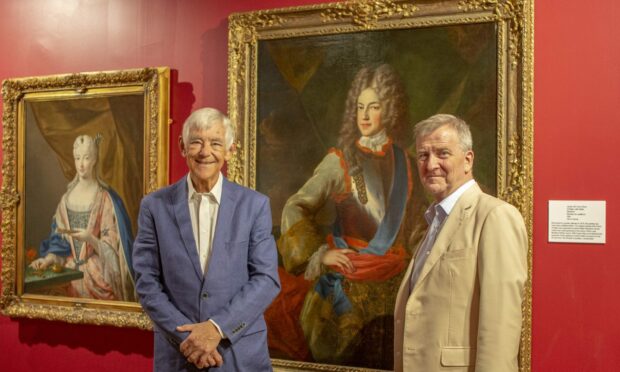
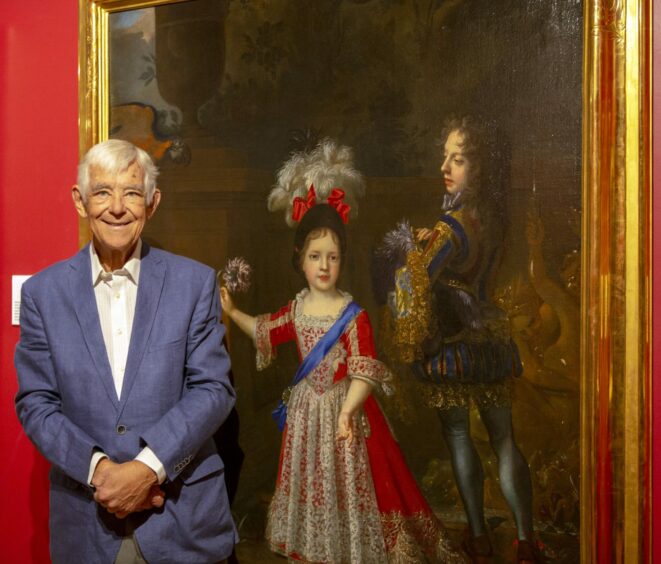
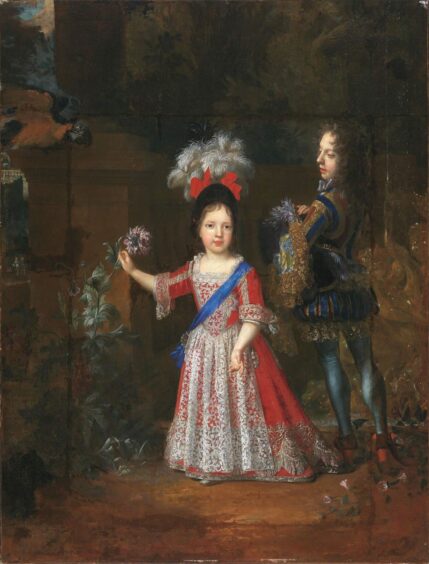
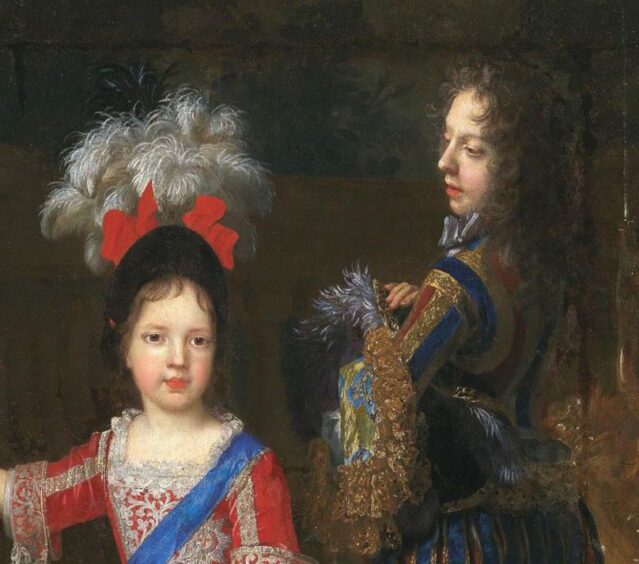

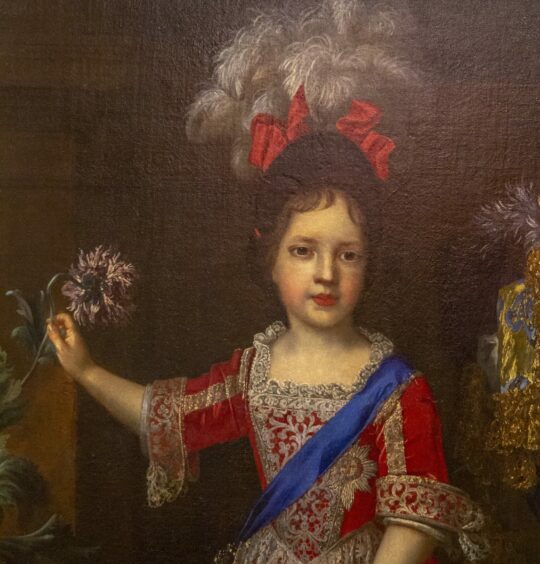
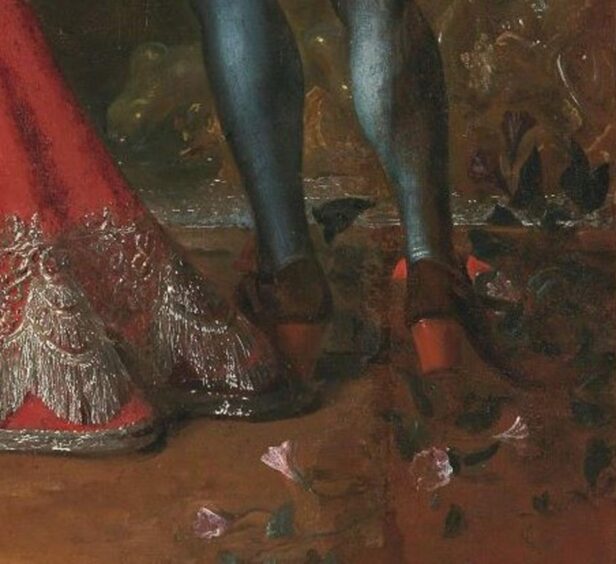
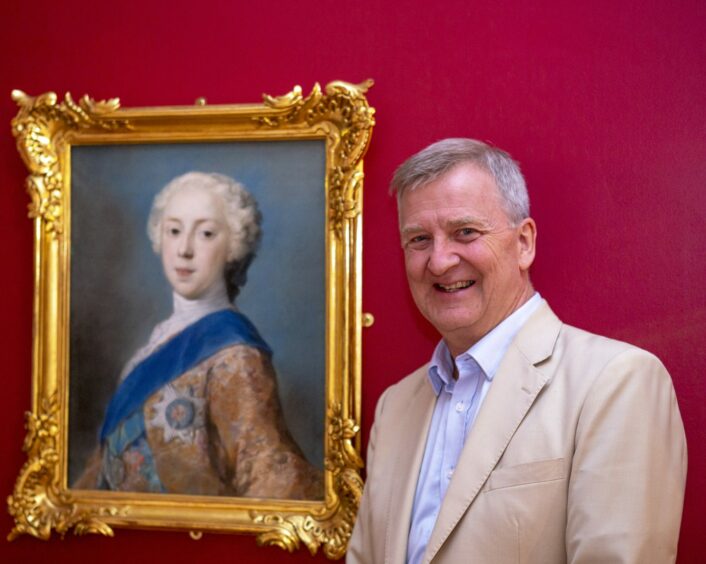
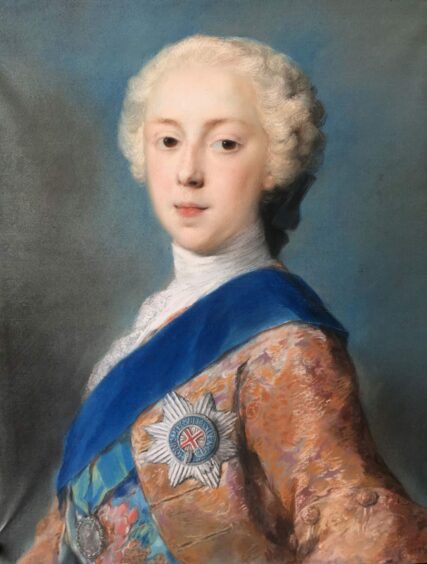

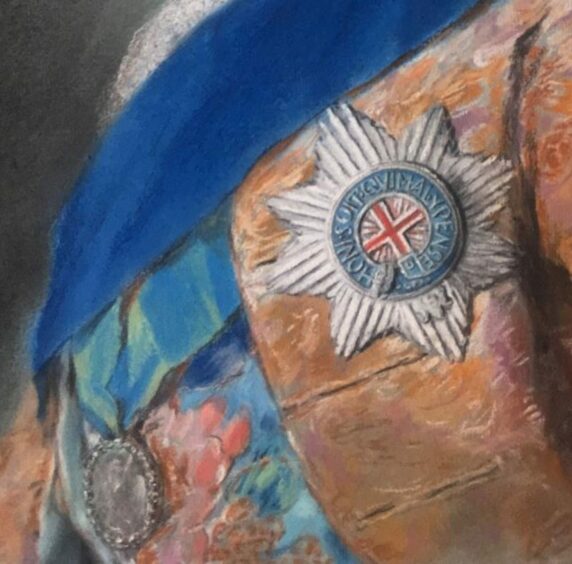
Conversation